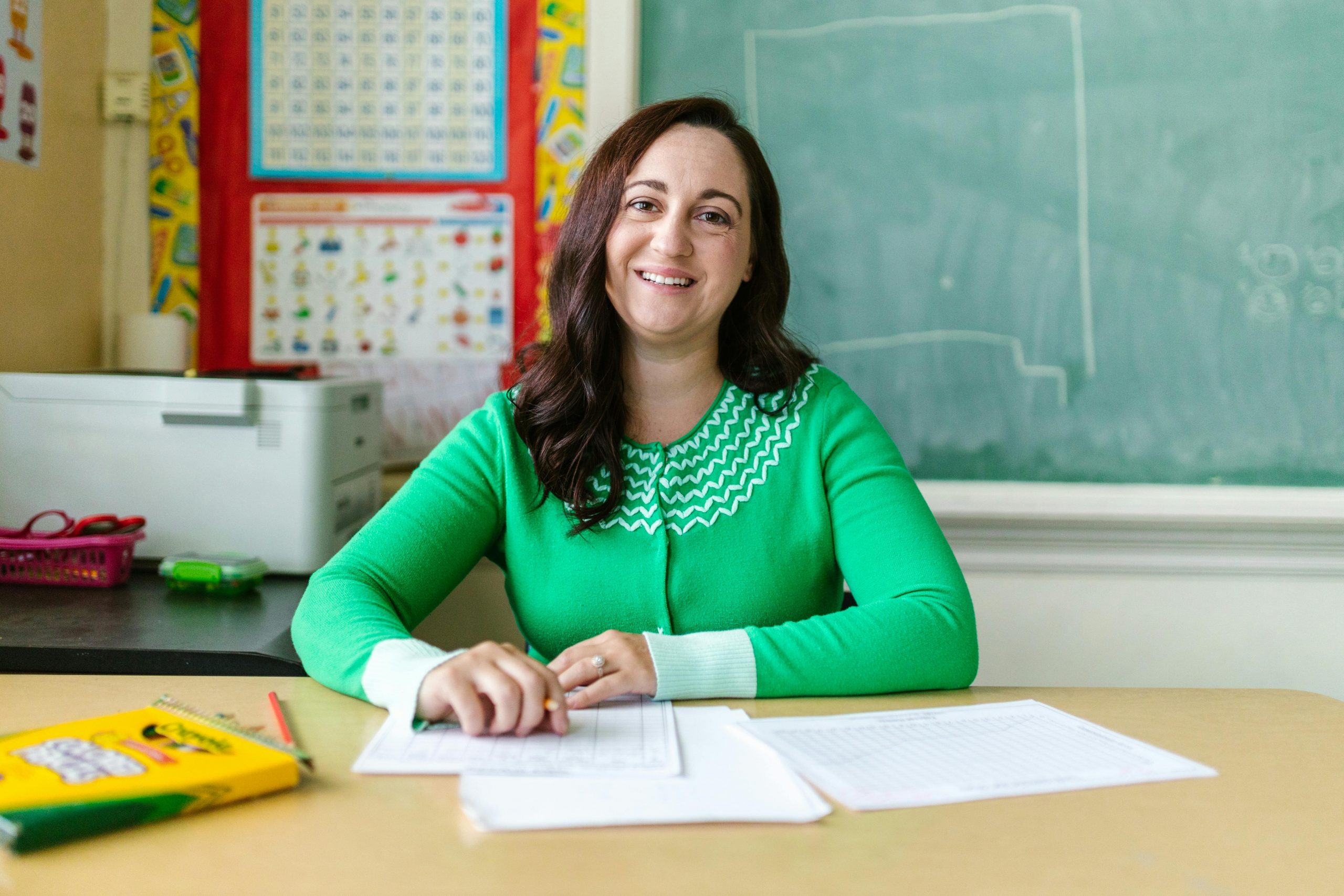I want to dive headfirst into one of the most controversial topics in education: The impact of teaching to the test on student learning joy.
Here’s a quick question for you—when was the last time you saw a student light up with excitement while taking a standardized test? Exactly. Let’s be real, testing week is less about enthusiasm and more about the collective groan heard across the school. So, why does this matter, and why am I the person to talk about it? Well, I’ve been in the classroom trenches for two decades, and I’ve seen firsthand how test-driven teaching can drain the life out of both teachers and students. But more importantly, I’ve also seen what happens when we flip the script.
Let’s start by unpacking why teaching to the test became a thing in the first place. Standardized tests were designed to measure student achievement and hold schools accountable. Theoretically, it’s not a bad idea—we want students to learn, and we need a way to measure that. But here’s the kicker: somewhere along the way, the test went from being a measure of learning to the entire focus of learning. Suddenly, teaching became less about curiosity and discovery and more about bubble sheets and test prep.
And oh, the test prep. You know the drill—practice tests, skill drills, and those soul-crushing countdowns to test day plastered on the whiteboard. Sure, kids might learn how to eliminate wrong answers, but are they really learning how to think? Are they asking big questions, exploring ideas, or making connections? Not so much.

Now, let’s talk about the joy factor. Do you remember the spark in a student’s eye when they finally grasp a challenging concept or when they’re so engrossed in a project that they forget the bell is about to ring? That’s joy. It’s the magic of learning, and it’s what we’re in this for. But when we’re teaching to the test, that spark gets snuffed out. Instead of curiosity, students learn compliance. Instead of exploration, they learn regurgitation.
This shift doesn’t just impact students; it impacts teachers, too. Let’s be honest, teaching to the test isn’t exactly why we got into this profession. It’s not inspiring to turn your classroom into a test prep factory. It’s downright exhausting. And when teachers lose their spark, it’s even harder to keep the students engaged.
Now, I’m not saying we throw tests out the window entirely—though that does sound tempting, doesn’t it? We need assessments to guide our teaching, but we also need balance. We need to create spaces where kids can think critically, collaborate, and create. Those are the skills that will matter long after the test scores have been filed away.
Here’s a little story for you. A few years ago, I had a student who hated math. Let’s call him Billy. Every time I pulled out a worksheet, you could practically see the light leave his eyes. One day, I decided to scrap the drill-and-kill and let the kids design their own board games to practice fractions. Billy’s game was so elaborate it could have rivaled Monopoly. He mastered the concepts, and guess what? He actually started liking math. That’s the power of joy.
So how do we bring the joy back? First, we need to prioritize teaching methods that foster deep learning—like project-based learning, hands-on experiments, and discussions that challenge students to think critically. These approaches don’t just prepare kids for a test; they prepare them for life.
Second, we need to advocate for change. If you’re frustrated by the test-driven culture, you’re not alone. Speak up at meetings, join committees, and share your ideas with administrators. Sometimes, all it takes is one passionate teacher to spark a bigger conversation.
Third, don’t forget the small wins. Even within a test-heavy environment, there’s room for creativity. Incorporate games, art, and movement into your lessons. Celebrate student growth, not just their scores. And remind your students—and yourself—that they are so much more than a number on a report.
As we wrap up, let’s remember why we chose this profession in the first place. It wasn’t to teach kids how to ace a test. It was to help them discover their potential, ignite their curiosity, and find their joy. That’s the real test, and I’m betting you’re passing with flying colors.









